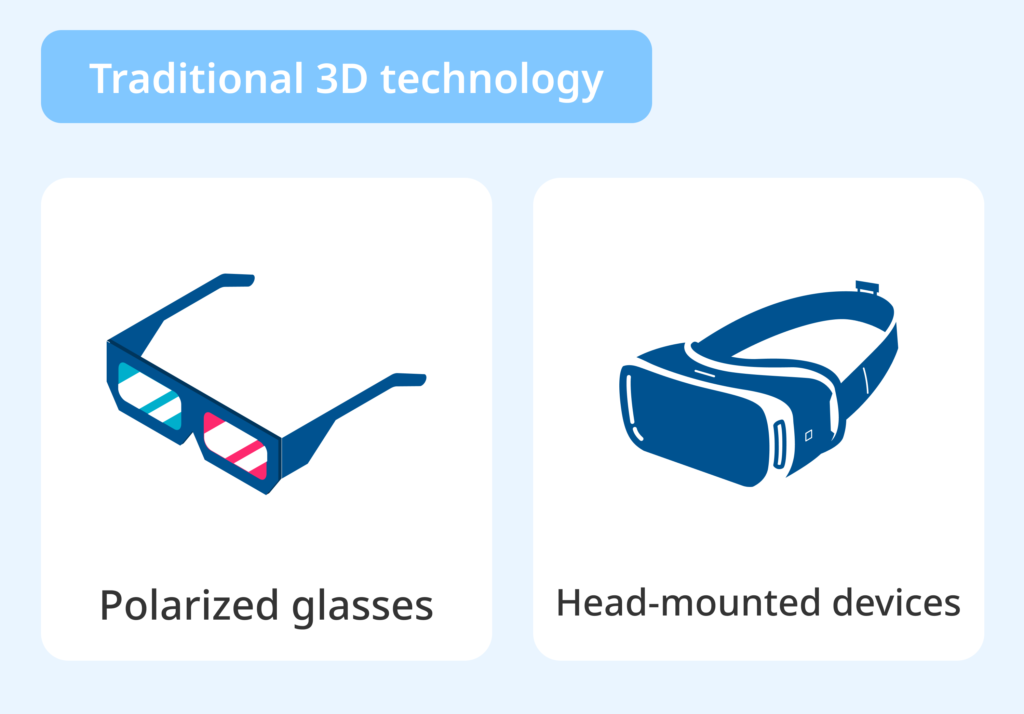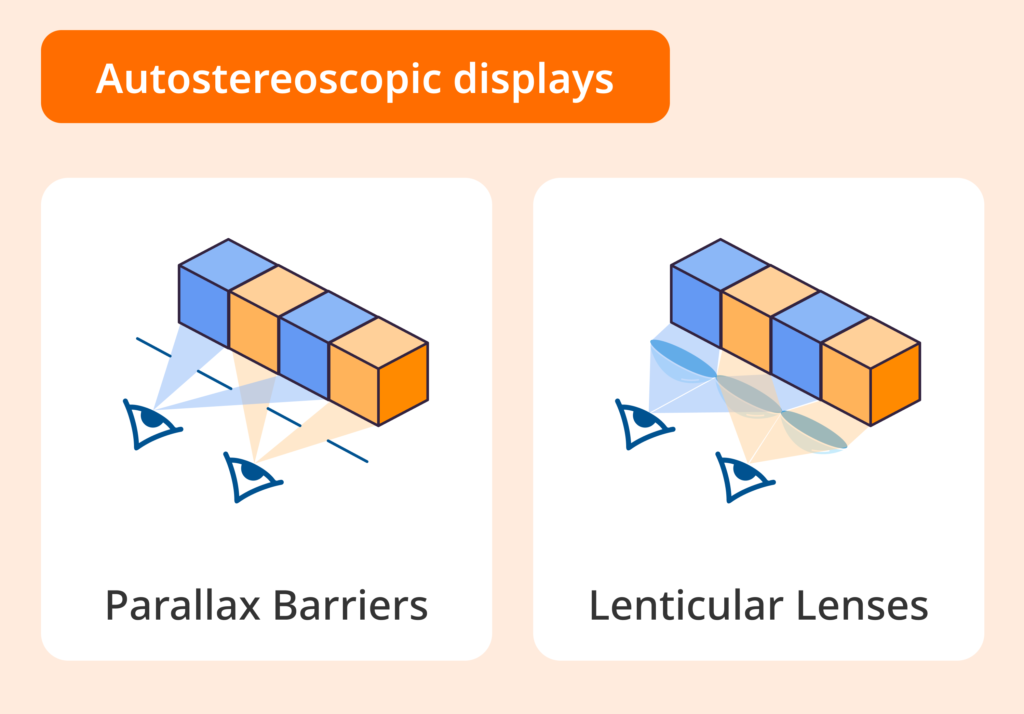
Traditional 3D technology relies on binocular parallax and require viewers to wear polarized glasses or head-mounted devices to see different images for each eye, creating the illusion of 3D. Autostereoscopic displays, on the other hand, use the same principle of binocular parallax to provide separate images for each eye without any additional equipment. There are two types of autostereoscopic displays: Parallax Barriers and Lenticular Lenses.


In the medical field, autostereoscopic 3D technology is being explored to enhance surgical accuracy and outcomes. By providing surgeons with a clear, detailed 3D view of the patient’s anatomy, these displays can improve spatial awareness and reduce errors. However, one common issue with converting 2D images to 3D images is the occurrence of delays, which can be problematic in real-time surgical applications.
internal_server_error